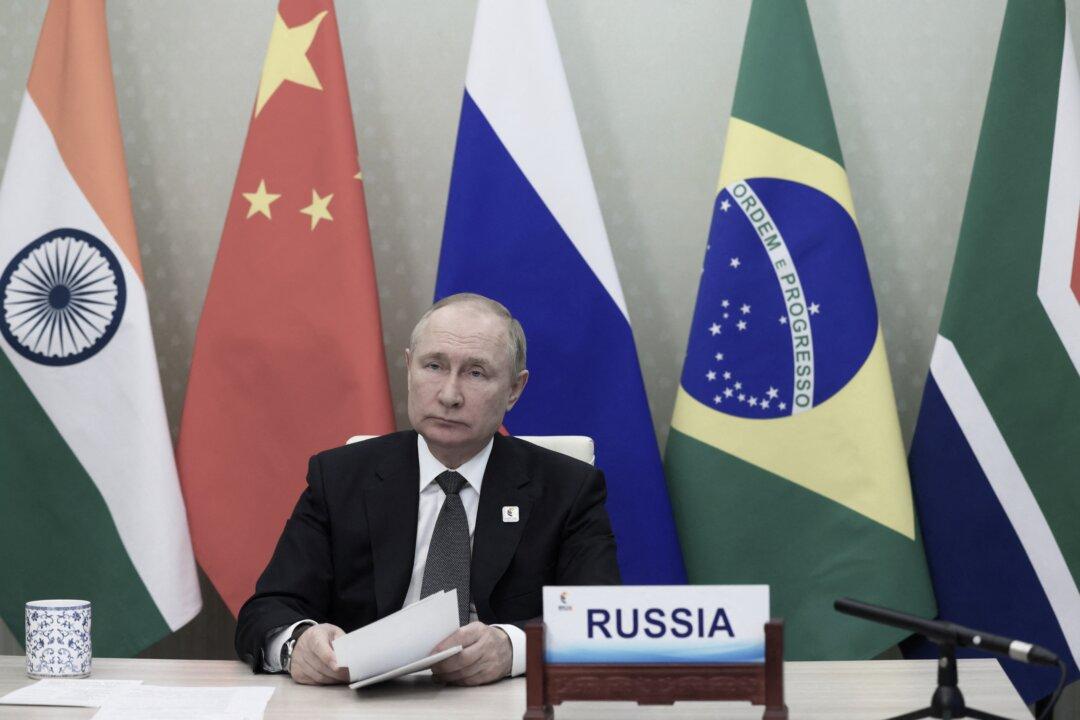With only weeks until South Africa hosts the annual two-day summit of BRICS nations in June, one official revealed that many countries have shown an interest in joining the bloc of emerging-market states.
BRICS comprises five countries—Brazil, Russia, India, China, and South Africa—with prominent emerging market economies.





